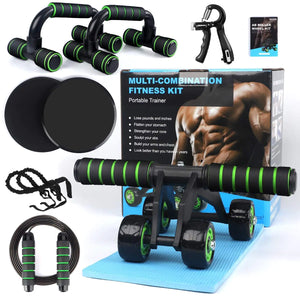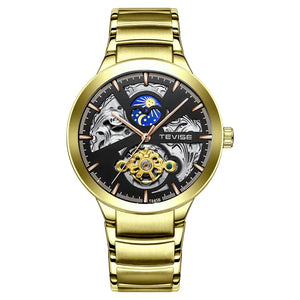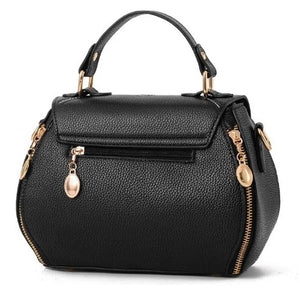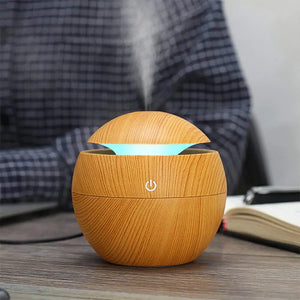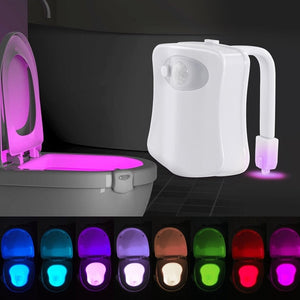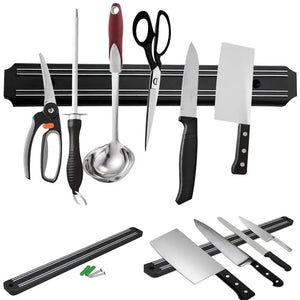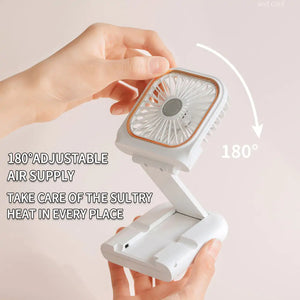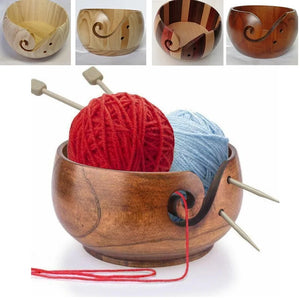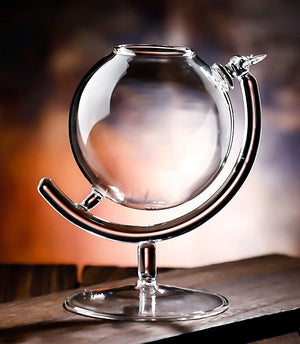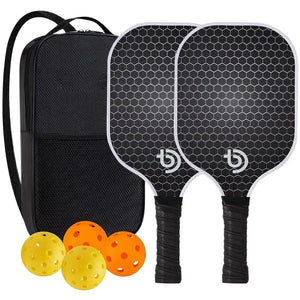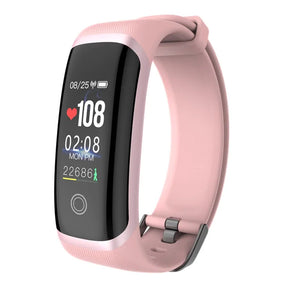
Sewing, once considered a quiet pastime for grandmothers and homemakers, is enjoying a vibrant revival among younger generations.
Across the United States and beyond, teens, college students, and young professionals are rediscovering the joy of needle and thread. What was once seen as an old-fashioned domestic skill is now at the heart of a creative and sustainable lifestyle movement that blends craftsmanship, self-expression, and environmental awareness.
The staff at Nifty Cool Stuff, our online lifestyle store, have noted, for example, that sewing center classes are often full, not only because people want to learn how to sew, but also because they crave community.
In an era when so much of life happens on screens, the act of sitting together to work with fabric, scissors, and thread has a grounding effect. It’s a hands-on, social experience that satisfies a longing for creativity and connection.

This renewed enthusiasm for sewing is part of a broader do-it-yourself (DIY) renaissance. Young people are increasingly skeptical of mass-produced fashion and the environmental toll of fast fashion. Instead of buying piles of cheaply made clothing that quickly falls apart, many are turning to thrifting, upcycling, and sewing to give garments new life.
According to a report from Capitol One, about one-third of all clothing purchases in the U.S. last year were secondhand, a clear sign that consumers are rethinking their relationship with clothing and consumption.

Sewing fits neatly into this shift. It allows individuals to mend worn clothing instead of throwing it away, which not only reduces waste but also gives people a sense of pride in preserving what they own.
A simple repair, such as replacing a button or stitching up a torn seam, can make a favorite garment last for years. Others take it further, adding colorful patches or embroidered designs to transform ordinary clothes into one-of-a-kind fashion statements.
In a world of mass production, handmade details stand out as uniquely personal and meaningful.

The growing popularity of sewing is also tied to the rise of online learning and social media. Tutorials on TikTok, YouTube, and Reddit have opened up the world of sewing to millions of newcomers.
Videos demonstrate everything from threading a needle to creating advanced dress patterns, while online communities provide encouragement, troubleshooting help, and inspiration. For many young sewists, these digital spaces serve as classrooms and support networks rolled into one.
The learning curve feels less intimidating when advice is just a post or video away.

According to data from Customcy cited by the Associated Press earlier this year, there are now about 30 million people in the U.S. who sew, many of them teens and tweens.
This demographic shift is striking. For younger people, sewing isn’t about domestic duty; it’s about creativity, independence, and sustainability. They see sewing not as a chore, but as a skill that empowers them to make their own choices about what they wear and how they express themselves.

The appeal of sewing also lies in its mindfulness. In contrast to the fast pace of digital life, sewing requires patience and attention.
It’s tactile and meditative, a form of slow creativity that yields tangible results. Many find satisfaction in seeing their ideas take shape under their hands, stitch by stitch. Whether they’re altering a thrifted jacket or designing a new skirt from scratch, the process offers a sense of accomplishment that’s hard to replicate elsewhere.

Communities built around sewing have also become places of cultural exchange and mutual support.
Local sewing groups, online forums, and even pop-up “repair cafés” bring together people of all ages and backgrounds to share tools, fabrics, and techniques. These spaces foster collaboration and sustainability, encouraging participants to buy less and make more.
What was once an individual hobby is becoming a communal act of creativity and environmental responsibility.

Sewing’s resurgence signals more than just a trend, it represents a shift in values.
Younger generations are increasingly focused on sustainability, authenticity, and craftsmanship. They want to know the story behind their clothes and take part in creating it. As a result, the act of sewing has evolved from a domestic task into a modern statement of care, for one’s possessions, for the planet, and for the self.

The staff at Nifty Cool Stuff believes that in a society driven by convenience and disposability, the renewed interest in sewing is a quiet but powerful rebellion. Each stitch, patch, and alteration is a reminder that fashion can be both beautiful and responsible.
It’s why we feature an Artisan section in our store that includes not only quality sewing items but tools and elements for other timeless crafts, as well. Feel free to check it out and see what might enhance your creative skills.

As millions of young people thread their needles and begin to sew, they’re not only reviving an art form that transcends time. They’re reimagining what it means to create, connect, and consume in a more thoughtful way.









